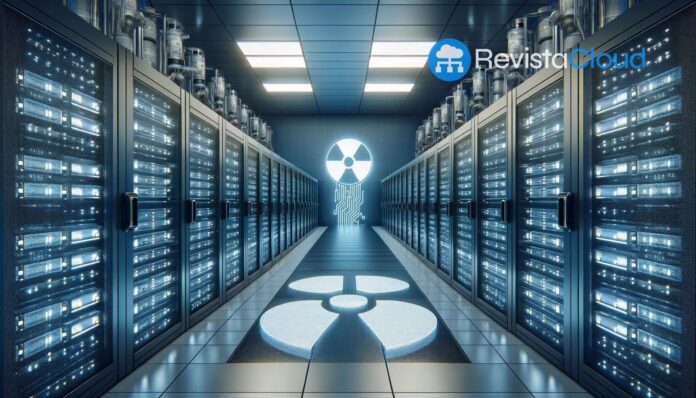The future of the Bataan Nuclear Power Plant (BNPP) in the Philippines, a project that never became operational since its construction in the 1980s, is at the center of heated debates. While the Philippine Department of Energy (DoE) maintains the plant's reactivation as one of its energy priorities, an alternative proposal emerges that bets on transforming the infrastructure into a large-scale data center.
The governor of Bataan, José Enrique S. García III, has been the figure leading this proposal, arguing that such a transformation could attract significant investments in the technological field. Patrick T. Aquino, director of the Office of Energy Utilization Management at the DoE, has noted that this possibility is not far-fetched, since data centers require a substantial energy supply, starting with a minimum requirement of 100 megawatts.
Despite technological considerations, the DoE is focused on the reactivation of the nuclear project. In this sense, the Philippines has signed a memorandum of understanding with South Korea to conduct a feasibility study that assesses the feasibility of the project from different perspectives: technical, financial, and social. However, even if the results are favorable, any final decision will be subject to an exhaustive public consultation. The DoE's objective is to achieve 80% support in local communities, reflecting the importance given to public opinion in this process.
Social acceptance remains a notable challenge. According to a 2019 survey, 79% of Filipinos would support the reactivation of BNPP, and 65% would view the construction of a new nuclear plant in the country favorably. Although these figures could be considered encouraging, the history of the plant during the tenure of former President Ferdinand Marcos, marked by security concerns and social opposition, makes any step toward its reactivation one that must be meticulous and consensus-based.
Por otro lado, la opción de convertir la BNPP en un centro de datos ofrece un enfoque promisorio hacia la era digital. Esta alternativa podría posicionar a Filipinas como un núcleo tecnológico regional, aprovechando una creciente demanda de infraestructura digital en Asia. La planta cuenta con espacio y potencial para garantizar un suministro energético adecuado, lo que podría facilitar la atracción de inversiones tecnológicas significativas y reducir la dependencia del país de infraestructura digital importada.
En conclusión, el futuro de la planta nuclear de Bataan se presenta como una encrucijada estratégica para Filipinas. La elección entre revitalizarla como fuente de energía nuclear o reconvertirla en un hub digital representa un dilema entre sostenibilidad energética y desarrollo tecnológico. Decidir el camino a seguir implicará no solo un análisis técnico-económico, sino también una reflexión profunda sobre los objetivos económicos y sociales del país en las próximas décadas.



